This is “Types of Communication”, section 6.1 from the book Beginning Project Management (v. 1.0). For details on it (including licensing), click here.
For more information on the source of this book, or why it is available for free, please see the project's home page. You can browse or download additional books there. To download a .zip file containing this book to use offline, simply click here.
6.1 Types of Communication
Learning Objectives
- Identify characteristics and examples of synchronous communication.
- Identify characteristics and examples of asynchronous communication.
- Identify questions to answer when considering new communications technologies.
Completing a complex project successfully requires good communication among team members. If those team members work in the same building, they can arrange regular meetings, simply stop by each other’s office space to get a quick answer, or even discuss a project informally at other office functions. Many projects are performed by teams that interact primarily through electronic communication and are, therefore, called called virtual teams.Business Dictionary, s.v. “Virtual Team,” http://www.businessdictionary.com/definition/virtual-team.html (accessed January 27, 2010). To avoid miscommunication that can harm trust and to include team members in a project culture, the project team needs a plan for communicating reliably and in a timely manner. This planning begins with understanding two major categories of communication.
Synchronous Communications
If all the parties to the communication are taking part in the exchange at the same time, the communication is synchronous. A telephone conference call is an example of synchronous communication. When the participants are not interacting at the same time, the communication is not synchronous, or asynchronous.
The following are examples of synchronous communications:
- Live meeting. Gathering of team members at the same location.
- Audio conference. A telephone call between two individuals or a conference call where several people participate.
- Computer-assisted conference. Audio conference with a connection between computers that can display a document or spreadsheet that can be edited by both parties.
- Video conference. Similar to an audio conference but with live images of the participants. Some laptop computers have built-in cameras to facilitate video conferencing, as shown in Figure 6.1 "Video Conferencing by Laptop".
Figure 6.1 Video Conferencing by Laptop

© 2010 Jupiterimages Corporation
- IM (instant messaging). Exchange of text or voice messages using pop-up windows on the participants’ computer screens, as shown in Figure 6.2 "Instant Messaging Pop-Up Window".
Figure 6.2 Instant Messaging Pop-Up Window
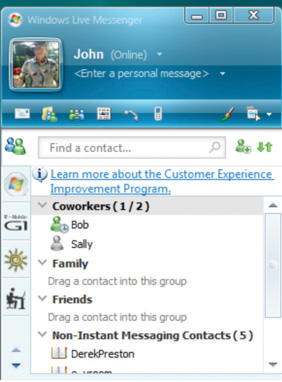
- Texting. Exchange of text messages that are 160 characters or fewer between mobile phones, pagers, or personal digital assistants (PDAs)Device that holds a calendar, a contact list, a task list, and other support programs.—devices that hold a calendar, a contact list, a task list, and other support programs. See Figure 6.3 "Texting via Cell Phone".
Figure 6.3 Texting via Cell Phone
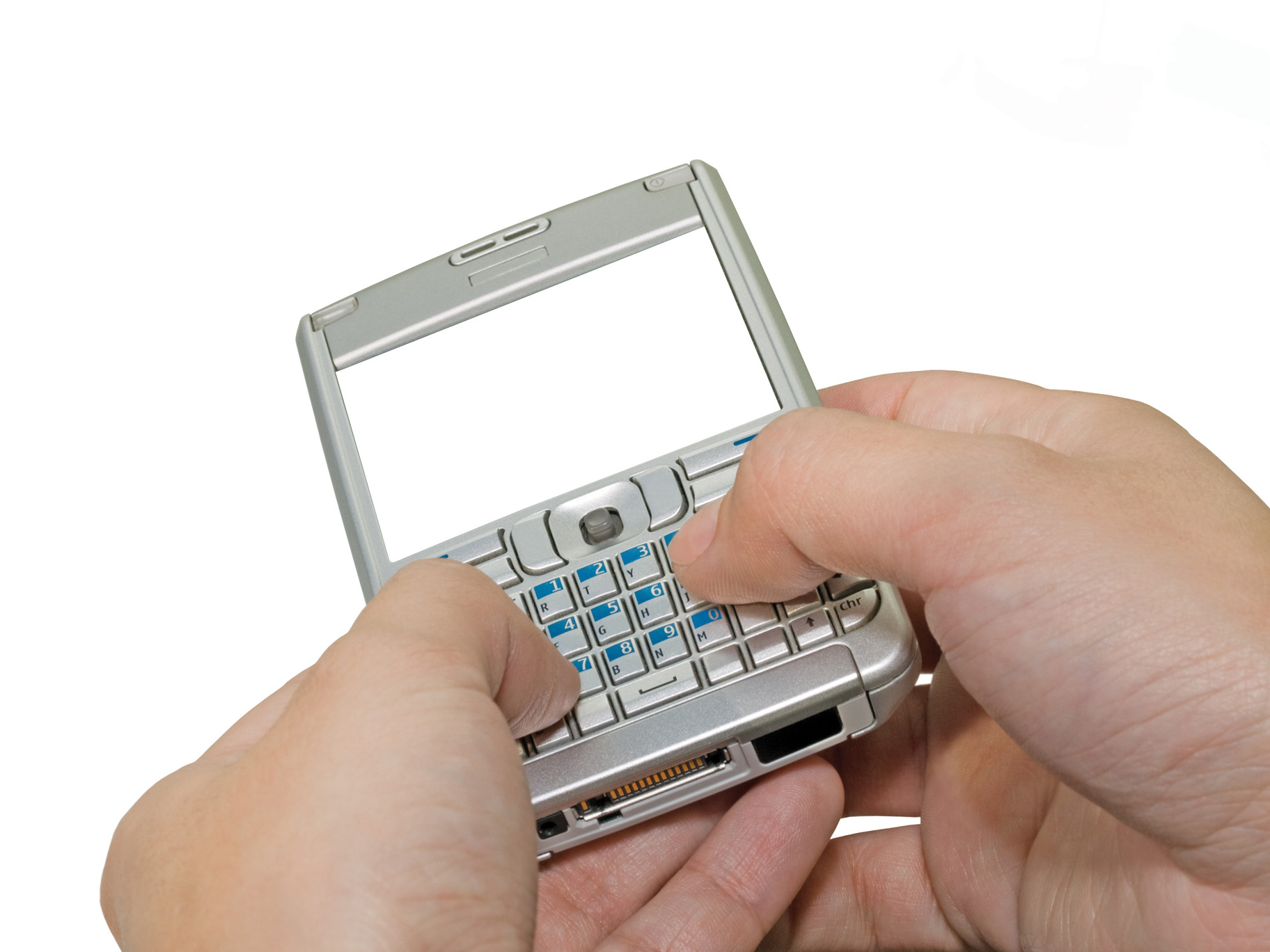
© 2010 Jupiterimages Corporation
Time Zones
The worldwide communication network makes it possible to assemble project teams from anywhere in the world. Most people work during daylight hours, which can make synchronous meetings difficult if the participants are in different time zones, where they start, end, and take meal breaks at different times. It can be an advantage in some circumstances. For example, if something must be done by the start of business tomorrow, team members in Asia can work on the problem during their normal work hours while team members in North America get some sleep.
Figure 6.4 World Time Zones
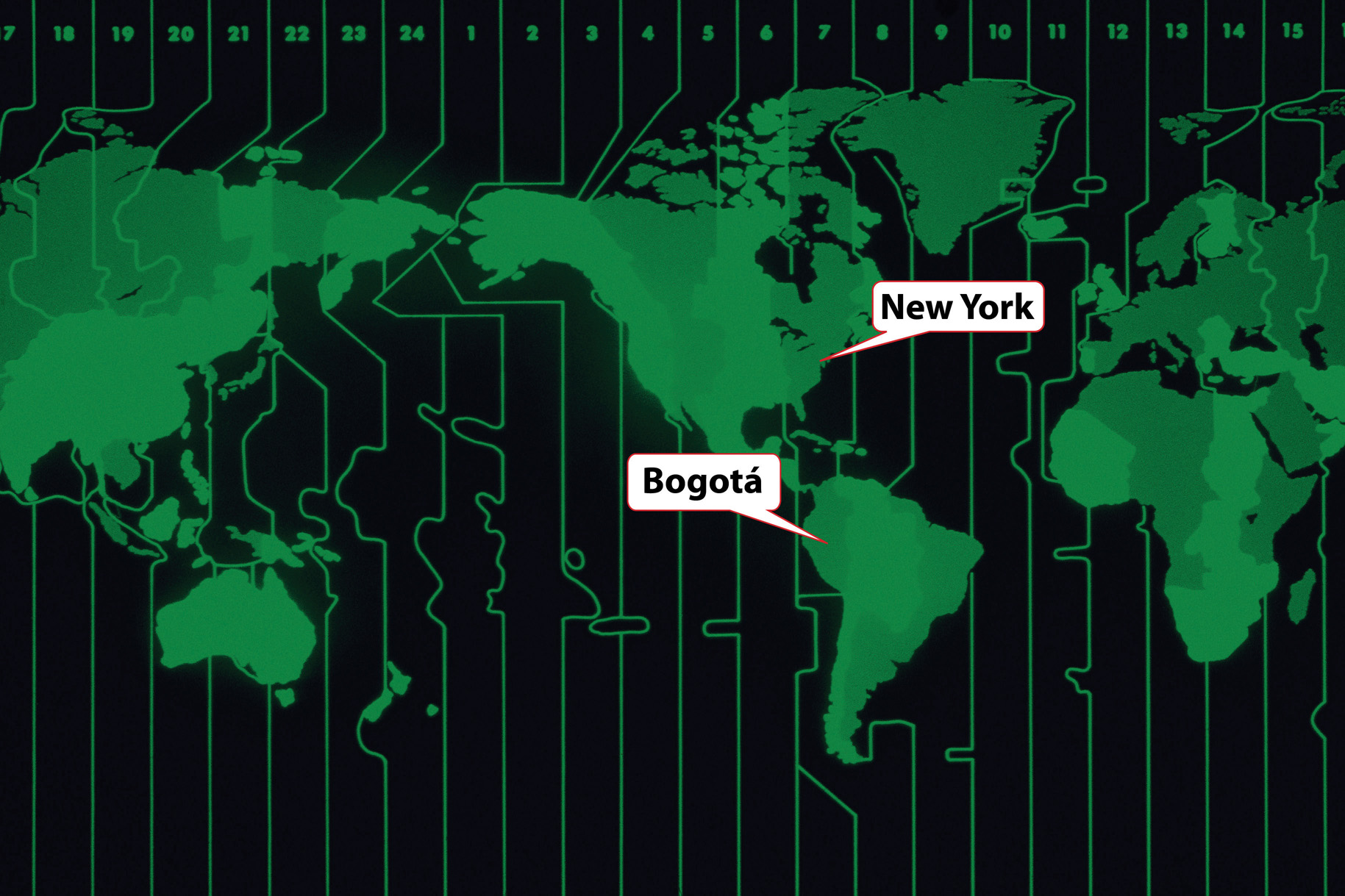
© 2010 Jupiterimages Corporation
As the earth turns, the sun appears to move across the sky from east to west. Local noon occurs when the sun is at its highest position in the sky. Cities and countries to the north or south of each other all observe local noon at the same time. For example, noon in New York occurs at the same time as it does in Bogotá, Colombia, in South America. Be aware that many well-educated people in the United States think of South America as directly south of North America. As you can see in Figure 6.4 "World Time Zones", most of South America is one or two time zones east of the United States.
To prevent confusion between a.m. and p.m., times are given using a twenty-four-hour clock. Noon is 12:00 and 1 p.m. is 13:00, and parts of an hour are divided by colons. For example, 13:25:21 is thirteen hours, twenty-five minutes, and twenty-one seconds.
Local Time
Local time is compared to the time zone that is centered at the historically significant naval observatory at Greenwich, England. The time at that location is Greenwich Mean Time (GMT)Time zone system historically based on the naval observatory at Greenwich, England.. More recent references use UT for Universal Time (UT)Time zone system that is compatible with GMT but without the historical reference. instead of GMT.
Conference Call between New York and Paris
A project manager in New York is five time zones west of the reference zone, so the time is given as UT –5 (or GMT –5). If it is noon in the reference zone, it is 7 a.m. (five hours earlier) in New York. The manager would like to contact a project team member in Paris, France. Paris is one time zone west of the reference zone (UT +1 or GMT +1). If it is noon (12:00) in the reference zone, it is 13:00 (1 p.m.) in Paris.
This means that there is a six-hour difference between New York and Paris. If the project manager waits until after lunch to place the call (1 p.m. in New York), it might be too late in the day in Paris (7 p.m.) to reach someone.
Asynchronous Communications
Getting a team together at the same time can be a challenge—especially if they are spread out across time zones. Many types of communication do not require that the parties are present at the same time. This type of communication is not synchronous; it is asynchronous. There are several choices of asynchronous communications.
Mail and Package Delivery
Many companies prefer that final contracts are personally signed by an authorized representative of each party to the agreement. If several signatures are required, this can take weeks to get all the signatures if the contracts are transferred by the postal service. If this process is holding up the start of the project, you can use an overnight delivery service to minimize the time spent transferring the documents.
Fax
A telefacsimile (fax) machineDevice that scans a document and converts it to electronic signals that can be transmitted by telephone to another fax machine, which can reproduce the original document. is a device that scans a document a narrow band at a time converting it into tones that can be conveyed over traditional telephone lines to a receiving device that reproduces a facsimileA duplicate (see telefacsimile).—exact duplicate—of the document. A fax machine typically has a paper feeder that can be used for feeding multiple-page documents, a telephone key pad and handset, and a status display, as shown in Figure 6.5 "Fax Machine".
Figure 6.5 Fax Machine
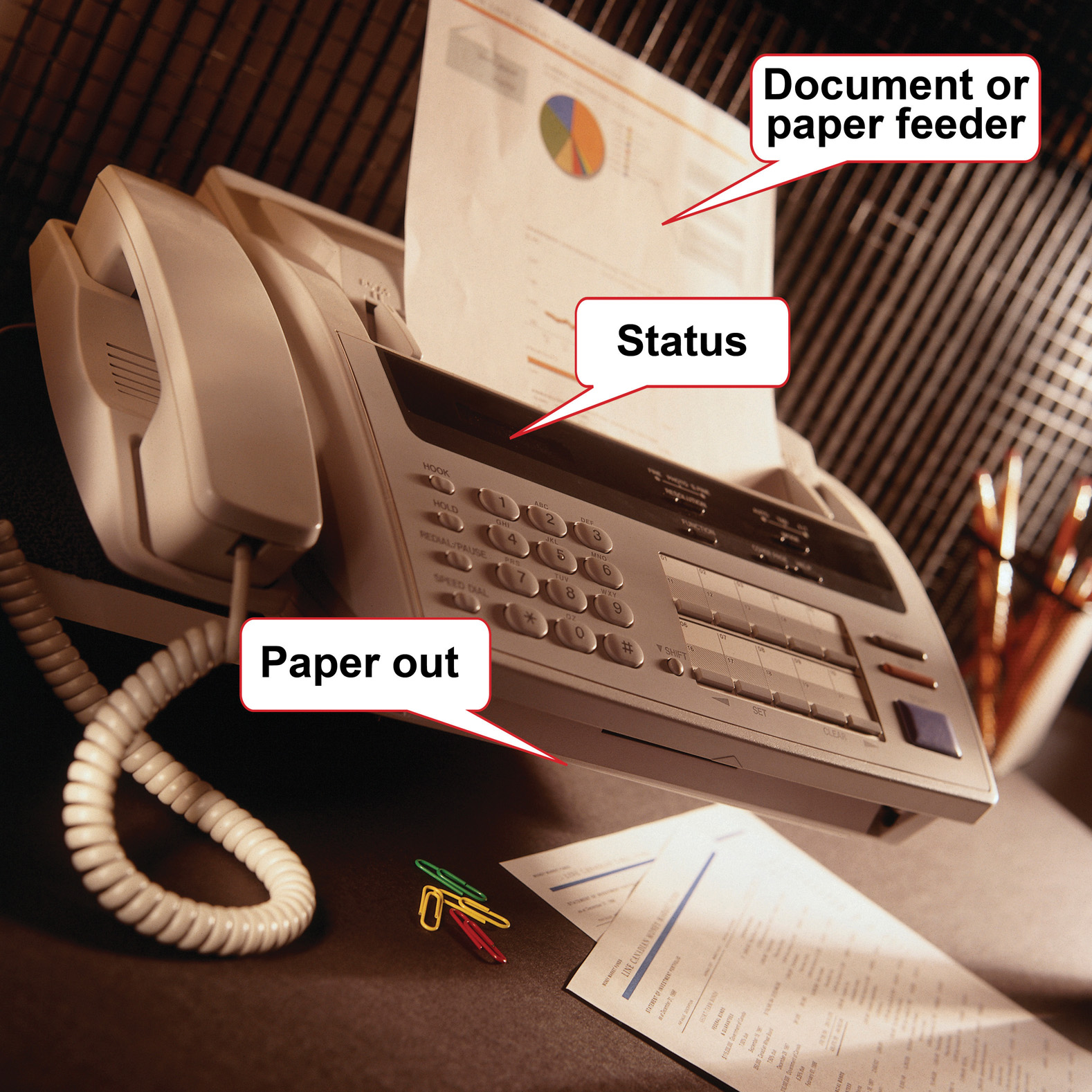
© 2010 Jupiterimages Corporation
Transmission rates of fax machines are typically limited by the use of traditional telephone lines. The data transmission uses the same method as a dial-up computer modem. A Group 3 fax machineModel of fax machine that uses digital scanning and data compression. has a maximum data rate of 14.4 kilobits per second (Kbps), but if the phone connection is poor, it will drop down to lower speeds automatically until it can establish a reliable connection between machines.
The Group 3 fax machine digitizes data in a form that is compatible with computers and the fax function is often integrated with other computer functions. A multifunction device, such as the one shown in Figure 6.6 "Multifunction Printer, Scanner, Fax, and Copier", can scan a document and save it as an image, send it as a fax, or print multiple copies.
Figure 6.6 Multifunction Printer, Scanner, Fax, and Copier
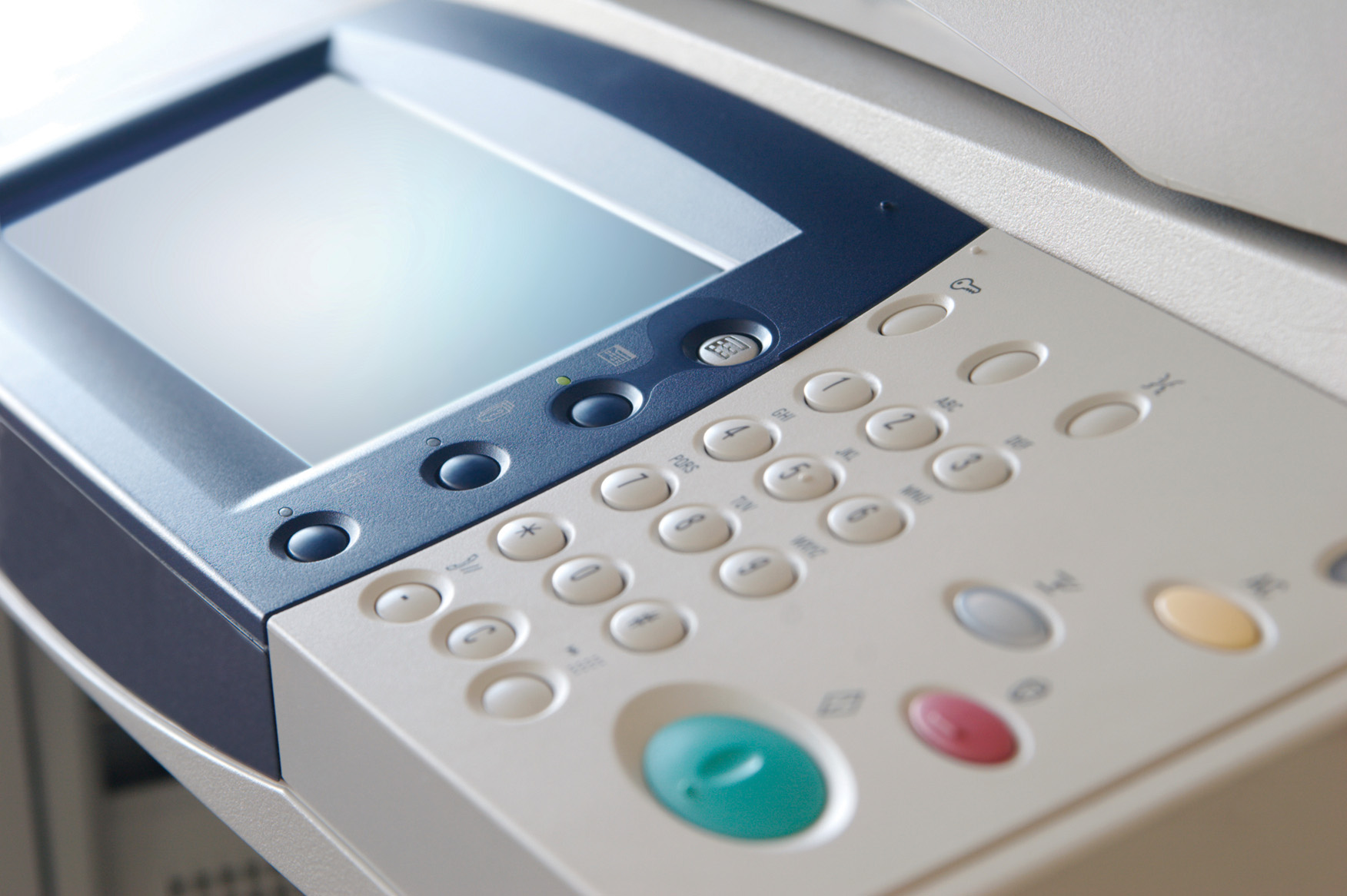
© 2010 Jupiterimages Corporation
Fax machines have been around a long time and enjoy a high level of trust for transmitting documents accurately. In many countries, a fax of a signed contract is legal, but a computer-scanned image is not.
Electronic Mail
Electronic mail (e-mail) is widely used to coordinate projects and to communicate between team members. It has several valuable characteristics for project management:
- Copies can be sent to a list of team members.
- A preconference-call e-mail can list the agenda items of the conference call.
- A postconference e-mail can summarize the results of the discussion on each topic.
- Messages can be saved to document the process in case of a misunderstanding or miscommunication.
- Files can be attached and distributed.
Project Log and Web Log (Blog)
A Web logOnline personal journal. is typically called a blog. It is an online journal that can be private, shared by invitation, or made available to the world. Some project managers keep a journal in which they summarize the day’s challenges and triumphs and the decisions they made. They return to this journal at a later date to review their decision-making process after the results of those decisions are known to see if they can learn from their mistakes. Many decisions in project management are made with incomplete knowledge, and reflecting on previous decisions to develop this decision-making skill is important to growth as a project manager.
Really Simple Syndication (RSS)
Some projects are directly affected by external factors such as political elections, economic trends, corporate mergers, technological or scientific breakthroughs, or weather. To keep informed about these factors, you can subscribe to online news sources. A method that facilitates this process is Really Simple Syndication (RSS)Communications technology that allows news to be sent to a computer screen.. To use an RSS feed, team members download a free news reader on the Internet. Web pages with RSS news feeds have labeled links, as shown in Figure 6.7 "Link to RSS Feed on a Web Page".
Figure 6.7 Link to RSS Feed on a Web Page

If the user clicks on the RSS feed, news from the Web site is automatically sent to the user’s news reader. The news reader can be set to filter the news for key words to limit the stories to those that are relevant to the project.
The following are examples of asynchronous communications:
- Mail and package delivery. Transfer of objects and contracts that need signatures.
- Fax. Document transmittal over telephone. Facsimiles are accepted for some documents.
- Electronic mail (e-mail). Text messages with attachments can be distributed and managed by computer programs.
- Web log (blog). An online journal may be used to record events, thoughts, and lessons learned.
- Really Simple Syndication (RSS). News feeds that push relevant content to a reader to keep the manager informed of new events that could affect the project.
Assessing New Communication Technologies
New technologies for communicating electronically appear with increasing frequency. Using a new technology that is unfamiliar to the team increases the technology complexity, which can cause delays and increase costs. To decide if a new technology should be included in a communications plan, seek answers to the following questions:
- Does the new communication technology provide a competitive advantage for the project by reducing cost, saving time, or preventing mistakes?
- Does the project team have the expertise to learn the new technology quickly?
- Does the company offer support such as help desk and equipment service for new communication technology?
- What is the cost of training and implementation in terms of time as well as money?
Key Takeaways
- Synchronous communications take place when all the parties are present at the same time. Examples are telephone calls and video conferencing.
- Asynchronous communications take place when the parties are not present at the same time. Examples are e-mail, fax, package delivery, blogs, and RSS feeds.
- Determine if a new technology can save time, reduce cost, or prevent mistakes and if the increased complexity can be handled by the team and support staff for an affordable cost in time and money.
Exercises
- Communications methods that do not require both parties to participate at the same time are called _______________.
- A telephone call is an example of __________ communication.
- An exchange of e-mail messages is an example of _______________ communication.
- A __________ is an online journal used to share an individual’s thoughts and experiences.
- A video conference is an example of _____________ communications.
- What are two examples of synchronous communications technologies that you have used?
- What are two examples of asynchronous communications technologies that you have used?
- What is a virtual team?
- Where is the reference time zone and why is it sometimes referred to as both GMT and UT?
- Why are fax machines still used for legal documents?
Internalize your learning experience by preparing to discuss the following.
If you were managing a functional team that included people from three other countries, which synchronous communications technologies would you include in your communications plan and for what purposes? Which asynchronous technologies would you use and for what purposes? What new technologies would you consider?




